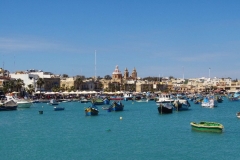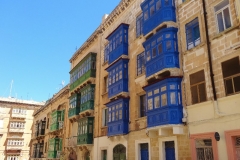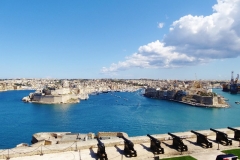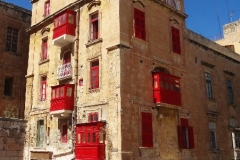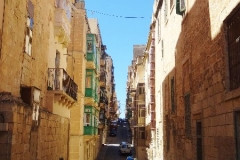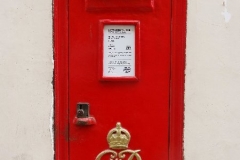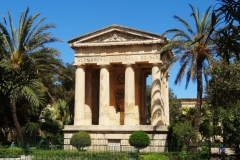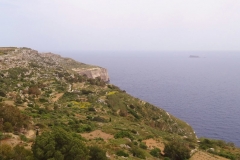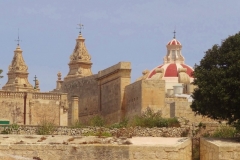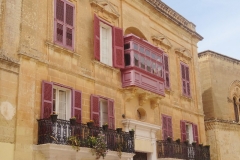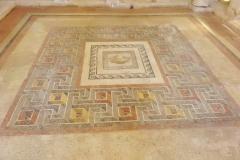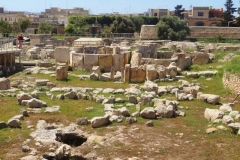Malta
Much more than I imagined!
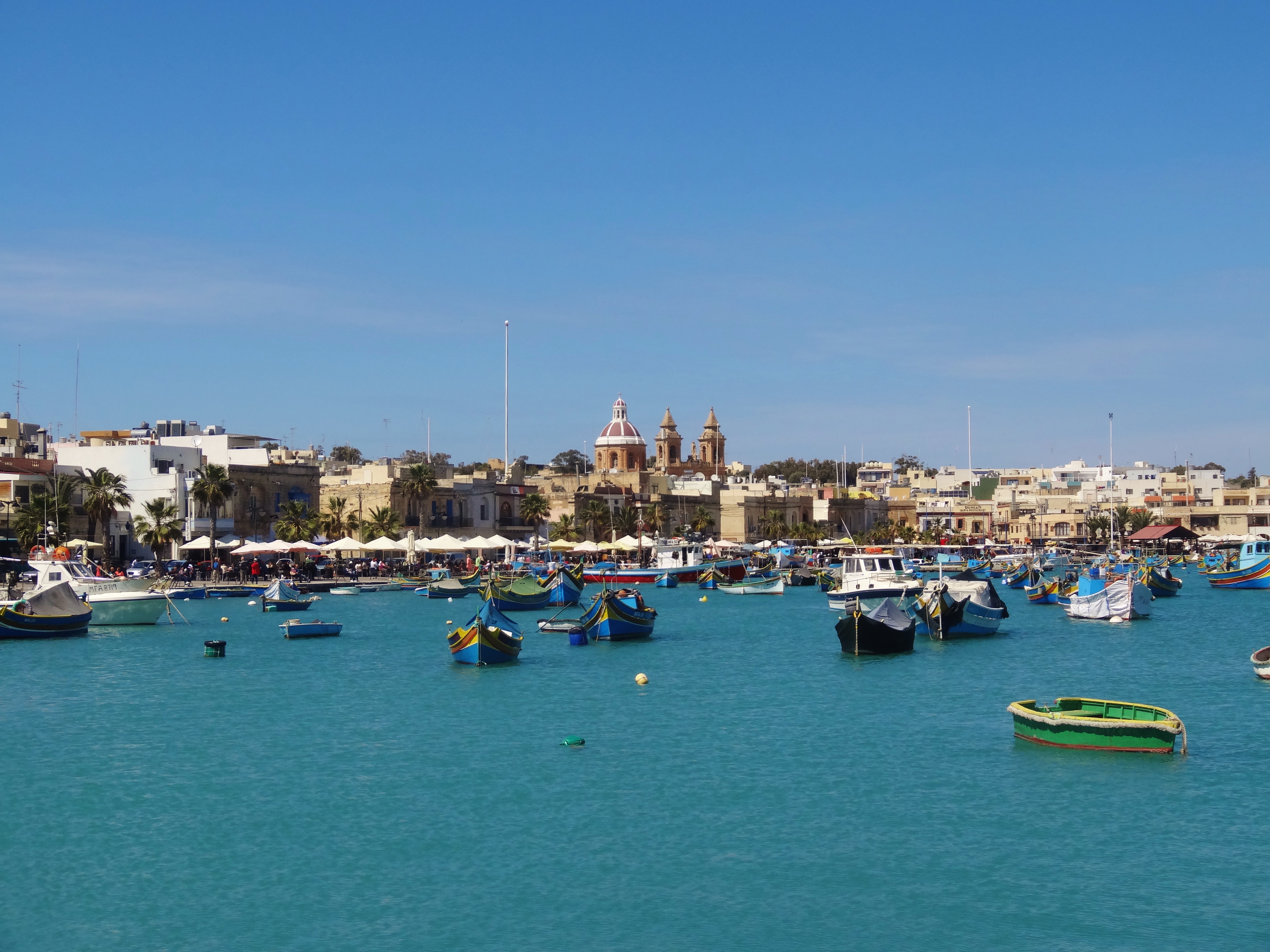
For such a small country, Malta has a lot to offer!
Before visiting, I had a mental image of a sandy coloured rock in the Mediterranean almost entirely covered in stone buildings. As a former British colony and a popular UK holiday destination, it would, I imagined, have a distinct British feel. The Maltese language, I thought, was something of a relic with English being the lingua franca. The cuisine, somebody had warned me, was like 1950’s English food.
The first of these preconceived ideas was shattered as my flight from Frankfurt approached the tiny island state. Like oases of green on a turquoise sea, Malta and its two smaller companions Gozo and Comino came into view beneath fluffy white clouds. I could see the capital Valetta and The Three Cities opposite sprawling around a series of inlets, but beyond that was verdant, undulating countryside. This was the first of many surprises.
Click on the photos below to enlarge them and see the captions.
Malta, I quickly discovered, is not some giant version of Gibraltar or the Falkland Islands with sun. Yet, although I knew the country was celebrating half a century of independence, I had not appreciated the depth and wealth of Maltese culture. It might once have been a British colony, but Malta’s experience under the Crown was just one of many in a rich history stretching back thousands of years.
Some relics of the British colonial period do indeed survive: the Maltese drive on the left, the hotel served afternoon tea and people speak English. Yet I soon realised that, although everyone spoke the language of Shakespeare excellently, their first language was Maltese. Locals wandering along the streets of the world’s smallest capital were chatting away in Maltese not English. The language has adopted many Italian and English words, but grammatically it is like Arabic or Hebrew – a Semitic tongue. It is, however, the only one to be written in the Latin alphabet.
A visit to the National Museum of Archaeology and its fascinating exhibition of Malta – The great story of a small island-nation through 100 Objects was an eye opener. Malta was first settled around 5000BC, probably by farmers from Sicily. About 3600BC, these early inhabitants began building temples with huge blocks of stone, some weighing as much as 50 tons. Surrounded by flower-filled meadows, the temple at Mnajdra on the south west coast is one of the oldest stone structures in the world, pre-dating the great pyramids of Egypt by 1000 years.
The islands were later colonised by Phoenicians, Carthaginians, Romans, Byzantines and the Arabs, each leaving their cultural mark. In medieval times, Malta became part of the Holy Roman Empire. In 1530, King Charles I of Spain allowed the Knights of St. John to settle on Malta in return for a token annual tribute of a Maltese Falcon.
The Knights had been driven from their base on Rhodes by the Ottomans under Suleiman the Magnificent. They recognised the defensive qualities of their new home’s natural harbours and strengthened its fortifications. In 1565, Suleiman besieged the island for four months, but this time the Knights held out. Victory came at great cost, however, both in terms of loss of life and the destruction wrought on Malta’s defences. After the siege, the Knights rebuilt the fortifications and established a new, more defendable capital, Valetta, on a rocky peninsula.
Measuring just 600m by 1000m, Valetta is surrounded by huge walls and bastions, in parts almost 50m high. In its centre stands St. John’s Co-Cathedral. Countless other churches line the city’s straight and sometimes hilly streets, along with the splendid auberges where the Knights – grouped by langues or nationality (French, Italian, English etc.) – used to live. The ‘Knights of Malta’ were driven off the island by Napoleon in 1798, eventually settling in Rome. Their legacy remains a key part of the country’s history.
From 1814-1964 Malta was under British rule. Its importance as a naval base saw it coming under heavy bombardment during World War II. In 1942, King George VI awarded the George Cross to the entire population for their bravery. Malta gained independence in 1964 and joined the EU four decades later.
I visited in springtime before the summer sun had had chance to parch the landscape. The sometimes cooler air was more than made up for by the warmth of the Maltese people, who were friendly, welcoming and generous with their hospitality.
As for the food, I ate very well! Fresh fish, warm bread, tasty olives and soft goats cheese made for simple but delicious meals. Unsurprisingly, the island’s cuisine is strongly influenced by its nearest neighbour, Italy. As for the 1950’s British cooking, fortunately, it was nowhere to be seen.
My trip to Malta showed me once again the value of experiencing somewhere first hand. Most of the ideas I had of the island turned out to be wrong. My only regret was that my stay was so short. I realised I had only been able to see and experience a fraction of what the country has to offer. A return visit is definitely on the cards!
RETURN
